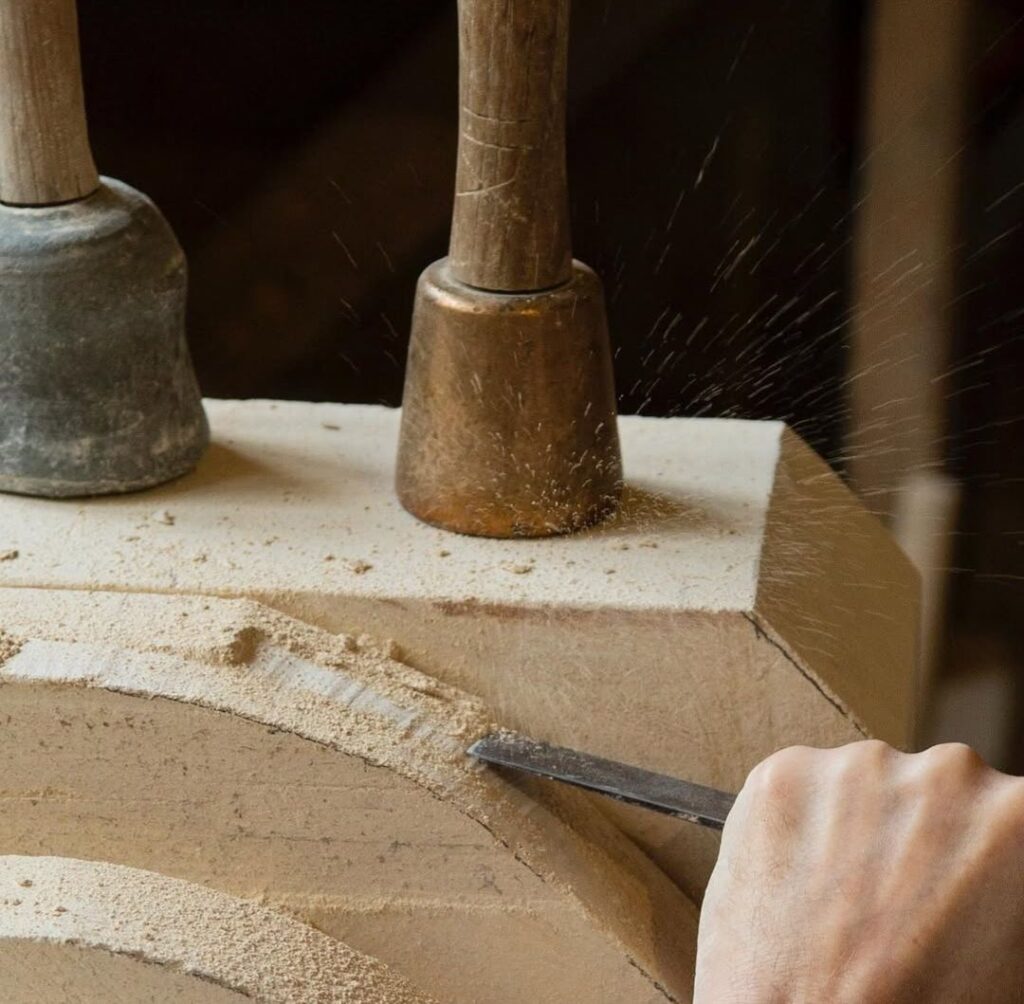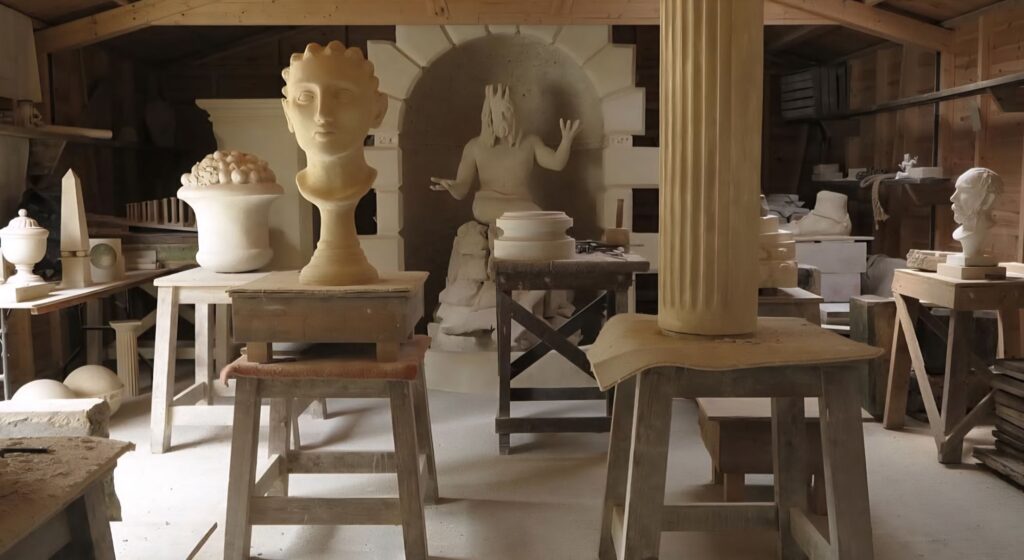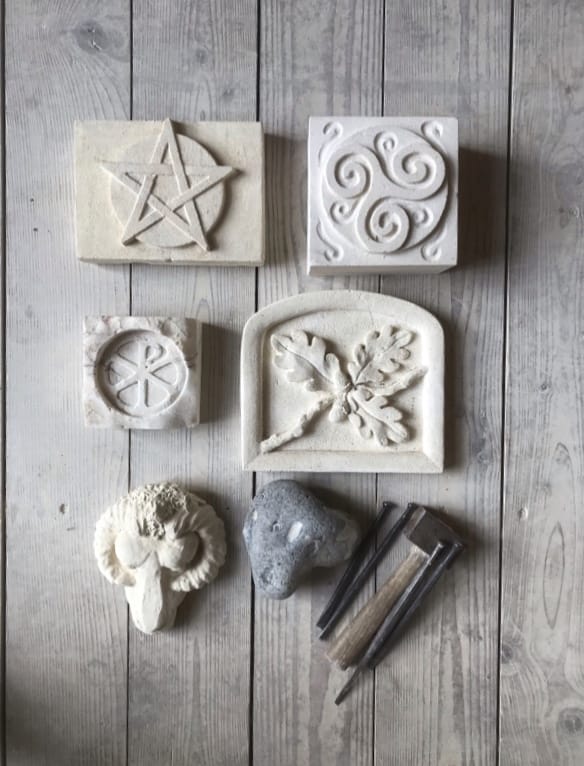An Institutional Presence Across Three Continents for over 30 years
BLACK FRIDAY WEEKEND OFFER! UP TO £3,500 SAVINGS!
Mastering Stone, Body, and Mind: The Unbroken Lineage of Carving and Philosophical Focus.
Welcome to the world’s only provider of transformative, high-stakes stone carving masterclasses—an integration of classical skill with rigorous philosophy. Access to the Elixir and Zenith Lineage is conditional and requires submission to the Master’s Vetting Protocol.

Click the link below to discover one of the many reasons our retreats are unique.
The Master’s Lineage; Where Craft Meets Legacy.
Your investment begins here.

Our Range of Unique and Exclusive Stone Carving Workshops; The Master’s Hierarchy of Focus
Do You Qualify? Explore The Court Mastery Pathway.
We offer specialised, high-impact experiences. Our teaching is rooted in the strategic discipline required for sustained excellence and a lasting legacy. Our core experiences reflect a graduated access to the Master’s philosophy and unbroken lineage—a rising investment in depth and exclusivity.

The Court master Global Lineage Stewardship Programme (G.L.S.)
“Arete is never an accident. It is always the result of high intention, sincere effort, and intelligent execution.” Aristotle
You have achieved the profound discipline of the Zenith Commission or the Elixir Retreat. The commitment to excellence (Arete) is a sustained pursuit, not a singular event. The Global Lineage Stewardship Programme is the definitive pathway for those serious about continuing their journey of Eudaimonia (flourishing) through protected, exclusive access to the Master’s global network.
Socrates believed that aretē (virtue or moral excellence) was the only true good, and that if a person possessed aretē, eudaimonia would naturally follow. His core instruction was to prioritize the care of the soul over the pursuit of wealth or fame.
The Zenith Lineage Commission
The Zenith Commission is the pinnacle of the Master’s focused time, reserved for a single client annually. This is a one-off, conceptual engagement to design the definitive blueprint for your personal legacy. The commissioning fee is £25,000. This investment anchors the true value of the Master’s wisdom and is the ultimate signal of commitment to the Lineage.
The Elixir
“The ultimate goal of life is eudaimonia.” Aristotle
Introducing The Elixir The Premium, Ultra-Exclusive Philosophical Retreat. Reserved for high-value clients seeking ultimate strategic focus. This definitive retreat integrates four decades of the Master’s wisdom with profound concepts like Arete and Eudaimonia in a bespoke, international, legacy-building environment. This is the profound, tangible journey where clarity is carved from stone.
Embark on this transformative experience From £3,500.
The Elixir Exclusive Special Interest Retreats
Operative Stone Masonry and Masonic Wisdom
Irish American Heritage Workshops
The Carver’s Core
The Carver’s Core The Crucible of Discipline. This intensive, five-day masterclass focuses on deep material connection and the rigorous pursuit of personal mastery. Frequently held in the Master’s intimate studios, this journey is not about convenience; it is a demanding stone carving experience designed for the forging of discipline and profound craft connection.
From £1,050
The Essentials
The Essentials. The Foundational Challenge. Provides the introduction to core techniques and is the ideal opportunity to step away from the screen and immerse yourself in the discipline of traditional craftsmanship. Every Master started here, submitting themselves to the demands of the stone.
From £650
The Lineage: A Demanding Standard
“The truest currency of success is the legacy you leave behind. The Master invites those who seek a demanding standard of personal excellence to step away from the distraction and into the deep focus of the masterclass. The deep concentration required to strike the chisel is the discipline that carves out a new paradigm of resilience and clarity for your entire life. This is the Lineage. This is the Lineage.”
Contact us directly on enquiries@courtmastercarving.com
Crafted for Excellence: Experience Workshops in a Class of Their Own.
Why are Our Workshops Unique? (The Alchemy)
Step into a realm where the echoes of centuries past resonate with the tap of mallet on chisel. This is a truly unique immersion, guided by a Master Mason whose lineage stretches back through nearly a millennium to the very artisans who shaped the courts of British and French royalty from 1080. This deep well of expertise provides an almost unparalleled understanding of traditional techniques.
Our instruction embraces the Renaissance ideal of “the well-rounded man,” where disciplines like dance, poetry, music, and fencing were integral to a master craftsman’s development, adding a unique and holistic dimension to your foundational knowledge.
